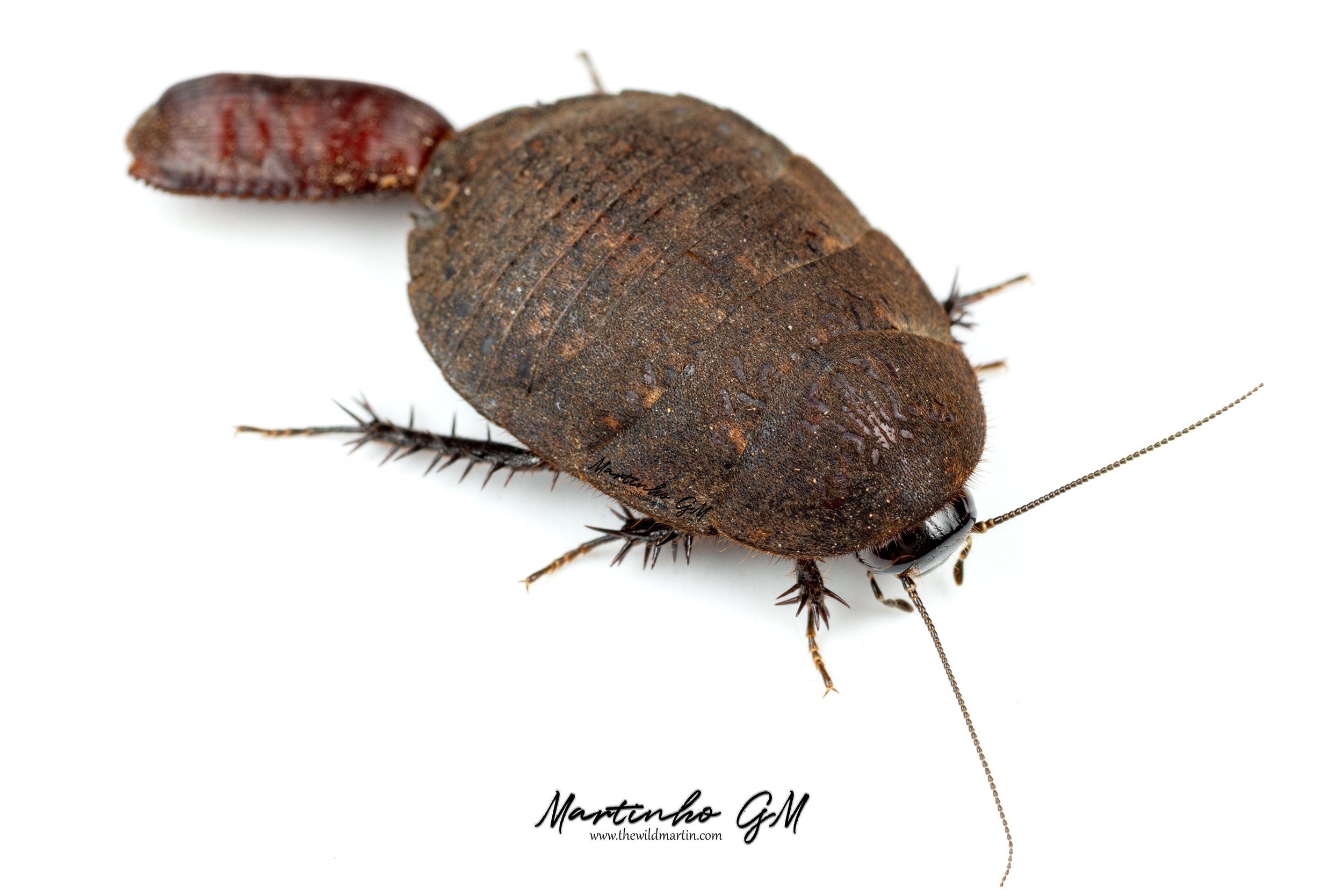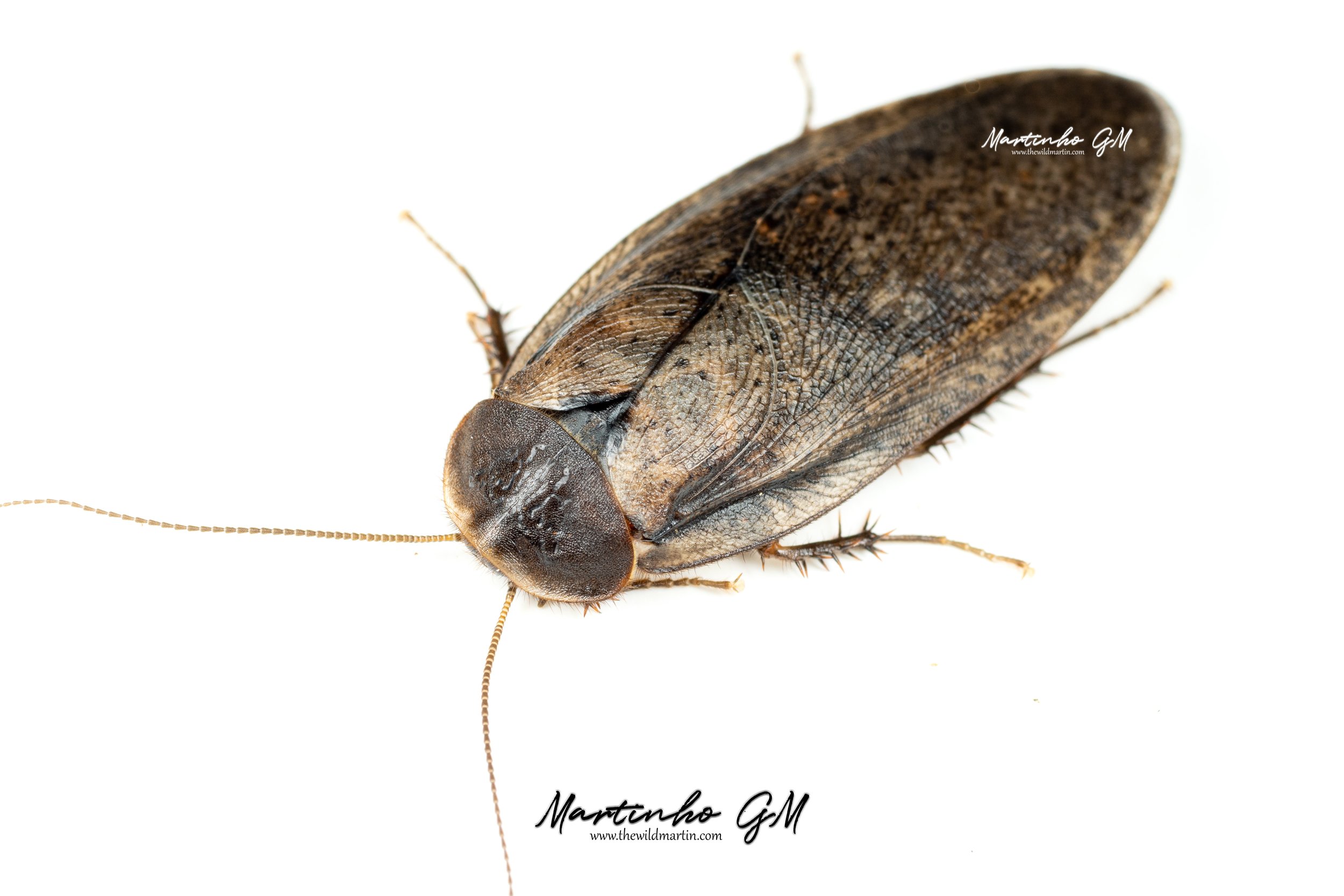Collecting Eupolyphaga nigrinotum
Eupolyphaga nigrinotum nymph
This post will make reference to two published articles:
2018, A taxonomic study of Eupolyphaga Chopard, 1929 (Blattodea: Corydiidae: Corydiinae) - Lu Qiu, Yan-Li Che & Zong-Qing Wang; (article download link)
2022, Exploring the diversity of Eupolyphaga Chopard, 1929 (Blattodea, Corydioidea): species delimitation based on morphology and molecular analysis - Wei Han, Lu Qiu, Jing Zhu, Zong-Qing Wang, Yan-Li Che. (article download link)
Since Eupolyphaga is a cockroach genus mainly endemic to China, I think its best to introduce their local Chinese common name. Generally most Eupolyphaga when encountered are described as 鳖蠊, which translates to Turtle Roach (don’t ask me why :D).
In the western world roach keeping hobby, there is only one species being kept at this moment Eupolyphaga sinensis with one white eyed variant, but as I mentioned in the beginning there have been some recent studies on the Chinese Eupolyphaga with a lot of novel species being identified. Some really beautiful !
In the last year I managed to acquire 2 or 3 colonies of different species, but honestly failed miserably. You can read about one of those here - https://www.thewildmartin.com/active-blog/a-wild-eupolyphaga-species-appears.
I was very upset with my failures, but I think I have understood why I failed. I believe I was keeping them too dry and too hot.
Well, this year, with renewed convictions, I set myself to try again if some Eupolyphaga species showed up again. And oh my lord, if they did!
Actually, more species than I could imagine! To avoid making this post extremely long, I will break it down into different posts and introduce them one by one. Also note that I will be posting some photos which aren’t mine and unfortunately do not have watermarks, but I have asked permission to use.
Let me show you some photos of the collection site:
Luoping Mountain Natural Forest Reserve, Dali Prefecture, Yunnan Province, China:
The Yunnan region possesses a rich diversity of forest types, including tropical rain forest, subtropical evergreen broad-leaved forest, temperate deciduous broad-leaved forest, temperate coniferous broad-leaved mixed forest, sub-alpine coniferous forest, alpine shrub and meadow.
I researched which type of forest and this locality would fall into temperate deciduous broad-leaved forest.
Using some description references from the research papers, let me highlight the types of locations Eupolyphaga can normally be found in.
beside the road, beneath the rotten leaves and sand;
beside the road, beneath the dead leaves and humus;
tree root, tree holes, around trees;
under a cliff;
near houses;
In this case, they were all found around tree root, tree holes, around trees and beneath the dead leaves and humus, according to the photos and description of the collector.
After all was set and done, this is what I received.
Colony of mixed indviduals of Eupolyphaga nigrinotum
If you are wondering how big they are, let me show you. They are not as big as they look. Take a look at a pregnant female!
Eupolyphaga nigrinotum adult female
Eupolyphaga nigrinotum adult male
Eupolyphaga nigrinotum nymph
The reason why I think these are Eupolyphaga nigrinotum is from looking the articles and finding the similarities.
Eupolyphaga nigrinotum ootheca
What do you think? nigrinotum? Let me know!
Male Pronotum: brownish black, anterior marginated narrowly, white, thinner laterally. Surface generally with small blackish brown pubescence and anterior and lateral margins setose.
Now fingers crossed for a good breeding! The adult females seem all pregnant and have already been laying oothecas!
Eupolyphaga nigrinotum oothecas
And finally, the collector was kind enough to send me a couple of male specimens for my collection.
Well, this is all for this post!
Hope you have enjoyed!
Thanks for reading,
Cheers!




















